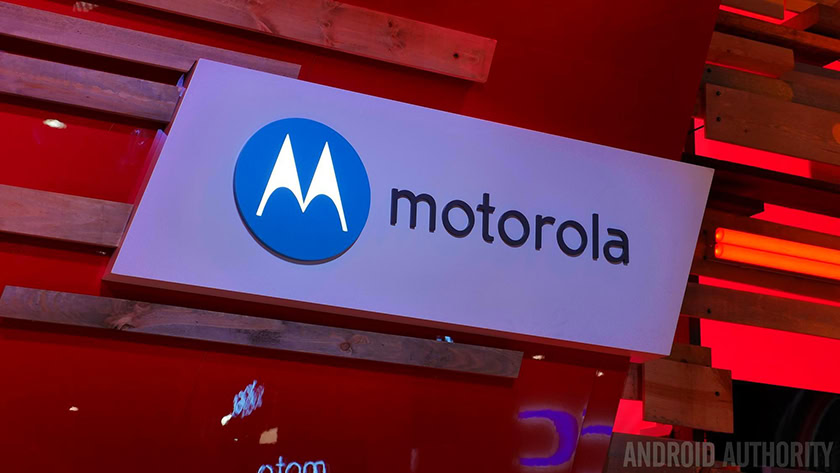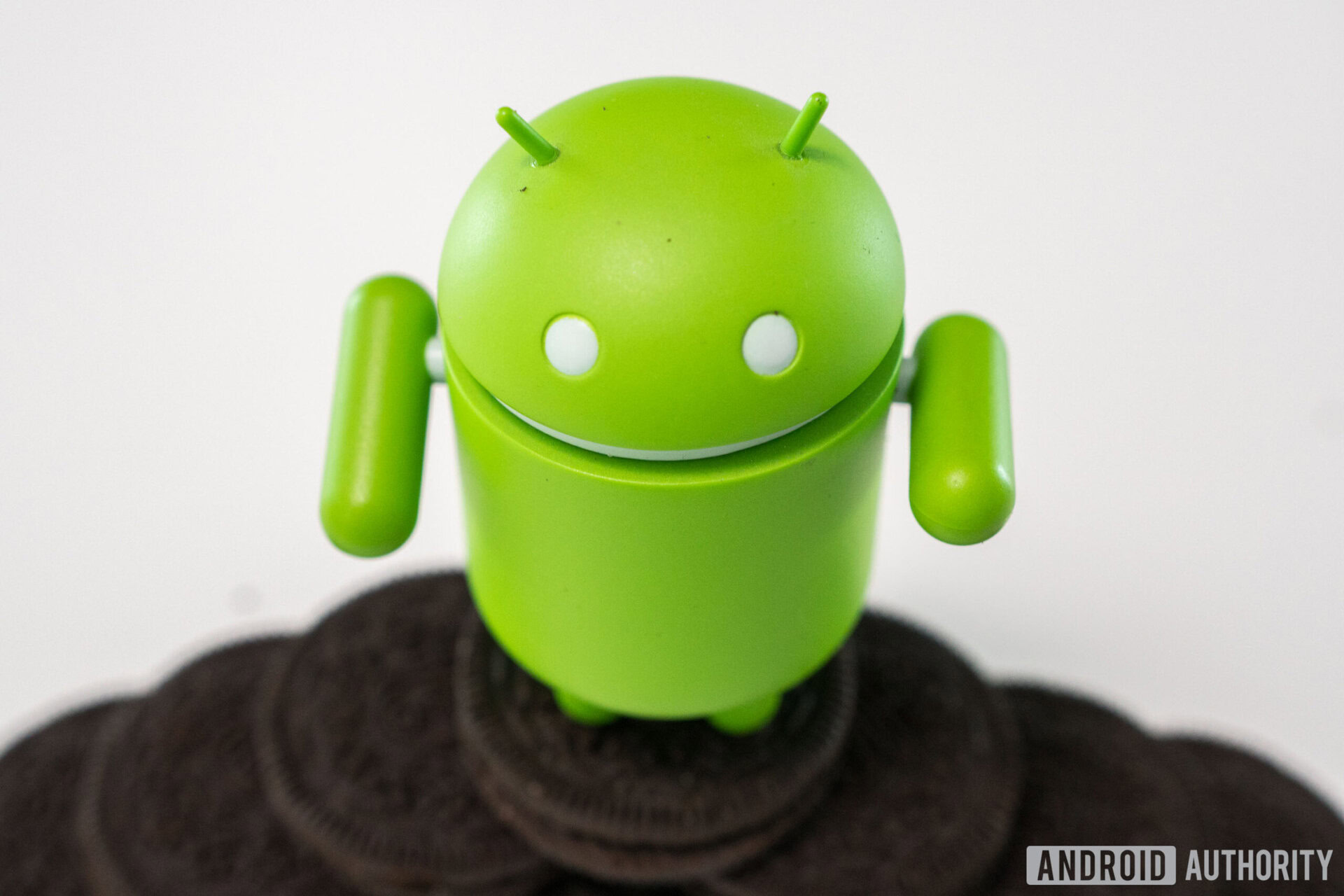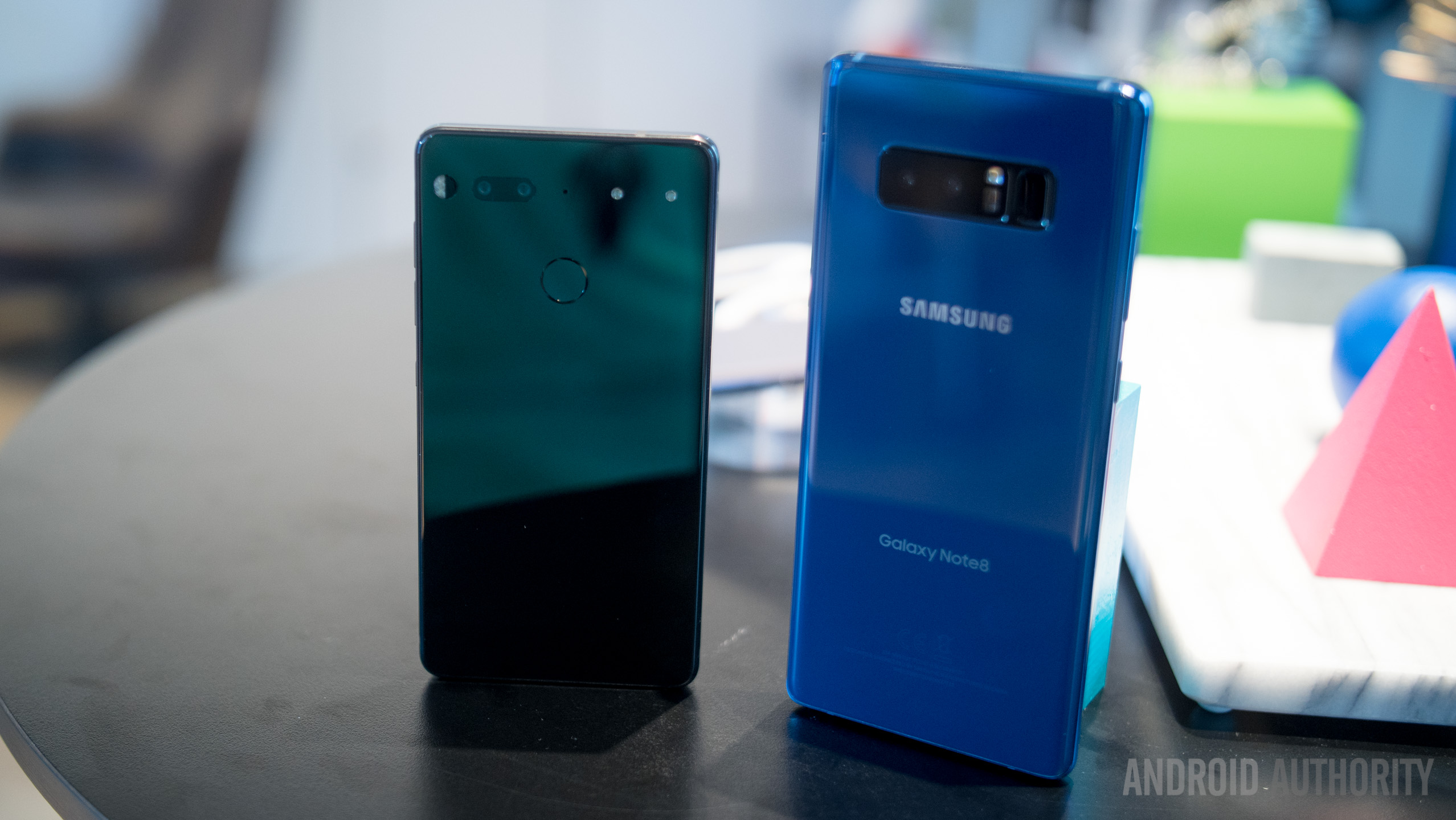Affiliate links on Android Authority may earn us a commission. Learn more.
Motorola in 2018: Bring on the wow factor
Published onJanuary 12, 2018

From the high-end, modular Z2 models to the more affordable Moto C devices, Lenovo-owned Motorola had a busy 2017. Its strategy resembled the machine gun approach on which Samsung relied for a long time. According to sheer numbers at least, it’s slowly paying off. 2018 is likely to be a pivotal year, as the company catches up to important market trends.
All those letters ended up being helpful

Motorola’s smartphone lineup is organized by groups named with various letters. While it’s probably wise for the company to avoid the one-size-fits-all approach, the name scheme is a little confusing. The Z2 Force is Motorola’s flagship phone of 2017. Working down from there you’ll find a plethora of G-branded smartphones and eventually low-end devices like the Moto E4 and the Moto C.
Given the variety and number of options, it’s no surprise Motorola was able to sell enough devices in 2017 to report healthy growth. In the second quarter, the company managed to reach its goal of shipping 11 million smartphones around the globe, generating $1.7 billion in revenue, a 7.6% year-over-year increase. It saw a similar trend in the U.S. during the third quarter, doubling its market share compared to the same period in 2016.
While its extensive portfolio of smartphones – especially mid- and low-range devices – has helped the company increase shipments in 2017, particularly in Western Europe and Latin America, Motorola could learn a thing or two Samsung. Samsung is also known for its machine gun approach, but in recent years, the South Korean electronics company has done a tremendous job streamlining its offerings into four major sub-brands: S, Note, A, and J, with monikers like Plus, Pro, and Prime thrown in here and there.
Motorola can inundate the market with all sorts of Moto Zs, Xs, Gs, Es, and Cs, but will people remember them all?
Motorola’s cluttered lineup is confusing. Some have sequential numbers, and some don’t. Some have “Plus” added at the end, and some have “Play” instead. What does the extra “S” mean, and why are there so many Moto G devices? In 2017, we saw solid smartphones from Motorola, but branding is just as important as specs and designs, often more so. Motorola can inundate the market with all sorts of Moto Zs, Xs, Gs, Es, and Cs, but if no one remembers the right names, it’s going to have a hard time reaching average consumers.
The biggest star came and went, unnoticed
Even though Motorola released a handful of phones throughout 2017, it never managed to create a stir. Manufacturers usually make a splash with their flagship devices, but Motorola’s quietly came and went. Motorola announced the Moto Z2 Force back in July. It was an impressive phone, but it felt as though the Z2 Force did not belong in 2017. The phone came with the now-iconic shatter-proof glass and modular capabilities, as well as a 5.5-inch OLED screen, dual-lens camera, Snapdragon 835, and plenty of RAM. However, it ignored the biggest design trend of 2017: a near bezel-less screen with an all-new 18:9 aspect ratio. The Moto Z2 Force was a solid and utterly uninspired phone.
On top of that, although most of its internals saw an upgrade, its battery actually saw a decrease in size, and the camera went from 21 megapixels to 16 (megapixels aren’t everything, but some may see this as a deal breaker nonetheless). Despite the many elements that could be considered downgrades, the Z2 Force launched with an $800 price tag in the United States. Sure, the Galaxy Note 8 later launched with an even higher price tag, but it also had IP68 water-resistance, a bigger screen, more RAM, and a 3.5 mm headphone jack.
Flagship devices usually make headlines; Motorola’s flagship of 2017 never did. It was a perfectly capable phone, trapped inside an antiquated body.
It was a capable phone, trapped inside an antiquated body.
Motorola’s phones need a major design change this year. Major Android OEMs have all fully embraced the minimal-bezel look and 18:9 aspect ratio, and not just in high-end phones. These design trends are trickling down to mid- and low-range phones like the Galaxy A8, LG Q6, OPPO A75, and HONOR 7X. Unfortunately, however, it’s unlikely the Moto Z3 Force will sport a brand-new design. After all, the company has said Moto Mods would be compatible with the first three generations of the Z-series, which means this year’s Z flagship will have to remain identical in size and shape as its predecessors. In other words, Motorola won’t have any other choice but to use the same 16:9 aspect ratio with significant bezels all around.
This doesn’t mean Motorola can’t make its phones dust- and water-resistant. How many high-end Moto devices came with any IP rating in 2017? None.
A new Nexus is born?
Perhaps the more interesting Moto device from 2017 was the Moto X4 Android One. Not only was it the first Android One device to launch in Stateside, but it was also the first non-Google phone to support Project Fi. It’s not a Nexus-branded smartphone, but it resembles one in many ways: a solid metal and glass body, attractive design, more than capable specs, clean Android software, and a reasonable price tag. Though its camera and battery life needs some improvement, but the Moto X4 Android One was a strong device with which to introduce Android One to the American public.
Depending on the future direction of Project Fi, Motorola’s close partnership with Google could provide an opportunity for further expansion in the U.S. smartphone market this year. Successfully targeting former Nexus users who are looking for unadulterated Android software inside affordable and durable hardware could really help.
Wrap up

Motorola-branded phones have evolved in a wildly exciting direction ever since Lenovo’s acquisition. Motorola’s strong fanbase and near-pure Android experience undoubtedly contributed to the company’s growth in 2017 (as slight as it was). It continues to thrive in Western Europe and Latin America. With its new partnership with Chennai-based Poorvika Mobiles to open Moto Hub experience stores across India, the company is likely to see a crucial opportunity for further growth in the world’s second largest smartphone market.
The company still has some major catching up to do, though. Companies like LG, Samsung, and Xiaomi started 2017 with design overhauls, and manufacturers like OnePlus and OPPO followed suit soon thereafter, offering relatively affordable phones with the same “futuristic” look. The Moto Z3 Force probably won’t come with a new change, but here’s hoping other Motorola devices in 2018 reflect the rapidly-changing design norms of the smartphone world.